ROM DefinitionIntroductionMost electronic devices must include read-only Memory (ROM), which is essential for enabling devices to start up and preserve data consistency even when not connected. Those who work in IT or other computer-related fields frequently need to understand this form of Memory. You may boost your skills to further your career by learning about ROM and its functions in various real-world scenarios. 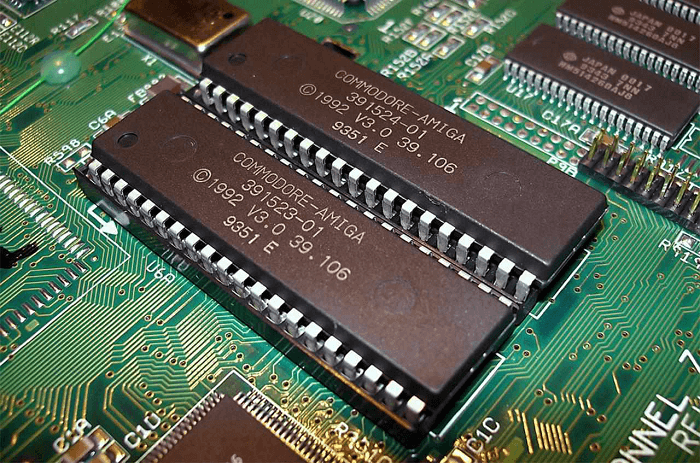
In this article, we define the word "ROM," go through its applications, detail how it differs from random access memory (RAM), go through the various types of ROM, and explain its benefits. ROM (Read-Only Memory)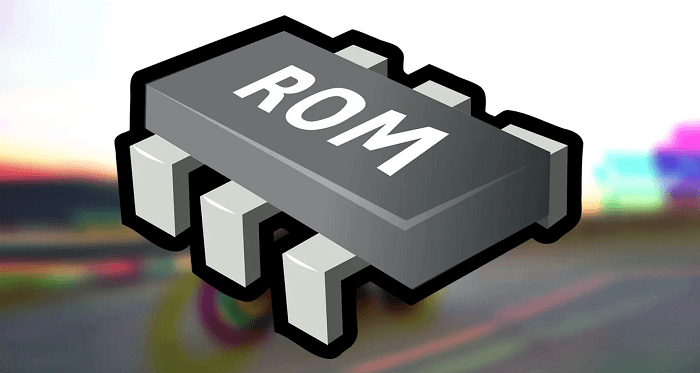
When installed into an electronic device, ROM is a computer memory that normally doesn't change; however, certain ROMs permit modification. A nonvolatile Memory, or permanent storage for data on a computer, ROM memory chips preserve their contents even when an electronic device is turned off. Users cannot alter this data in a computer, which frequently supports static operations like booting the device or giving instructions to run other devices like a printer. This Memory doesn't need the power to keep its data; instead, it stores itself in the computer's system using binary code. Applications of ROM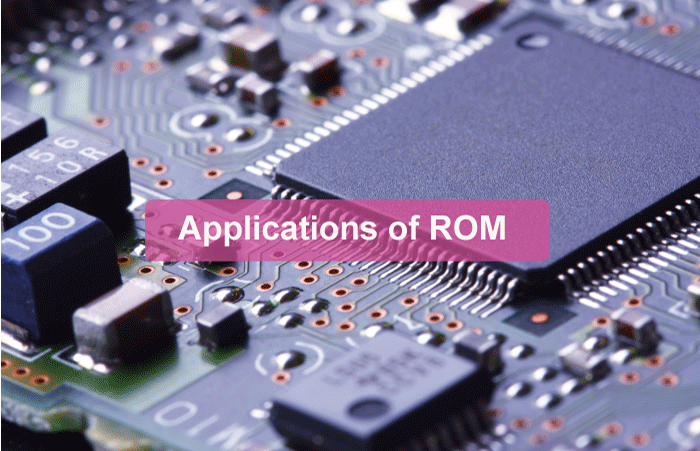
A ROM chip is made up of circuits that are employed in many prominent types of technology. They are frequently seen in: Computers
Basic input-output system (BIOS) data is stored in a computer's ROM. It also secures software and program instructions. The information needed to load an operating system is sent to the computer. Playing video games
Games for systems that use cartridges and gaming consoles both employ ROM technology. All video game disks have a data type that needs an optical drive to read. Dumpers can read cartridge material and write to other media, such as zip drives and floppy disks. Smartphones
Today's smartphones perform the same functions as portable PCs. All of your movies, files, and games may be stored on your phone's ROM, which is its internal storage. For entire system boot-up tasks, they frequently utilize ROM. Using digital speedometers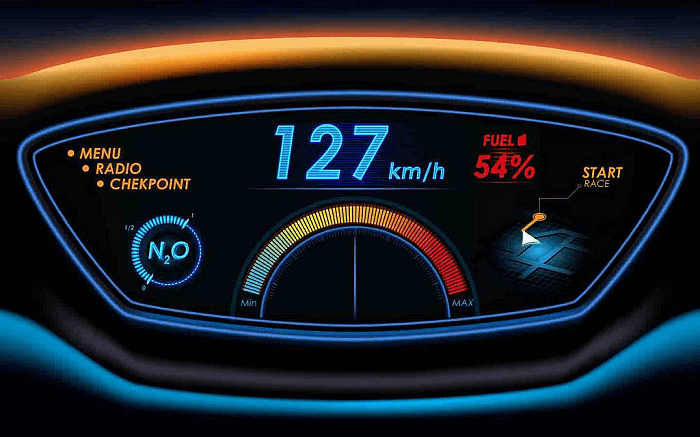
Digital speed meters are used in the automotive sector to provide on-the-road continuous vehicle speed monitoring. Data stored in the ROM allows a microcontroller to translate pulses into the appropriate speed values when the speed counter is activated. The posted speed restriction might assist you in managing your speed. Electronics that can be programmed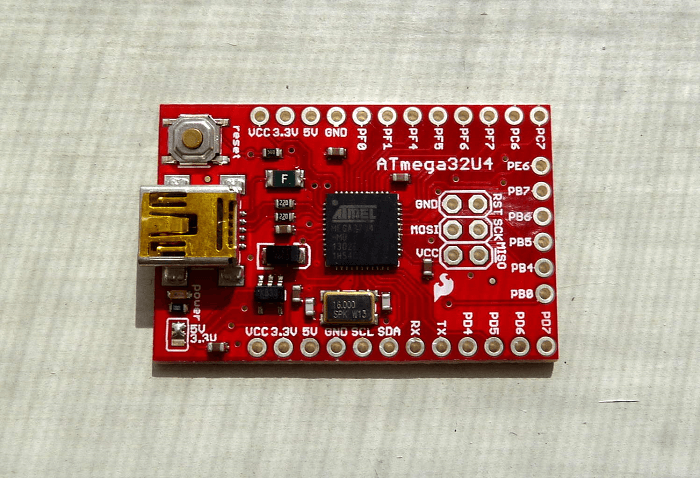
Programmable ROM chips can be used by electronic devices in various configurations to store program data. Users may enter personal data or user settings and store them on the device permanently for repeated usage. A few examples of these technologies include digital watches and alarm clocks. There are six different ROM typesYou may install several types of ROM with a computer or other electronic device. The various ROM can improve a device's operation and offer users special advantages. You may install the following ROM types on a device: 1. ROM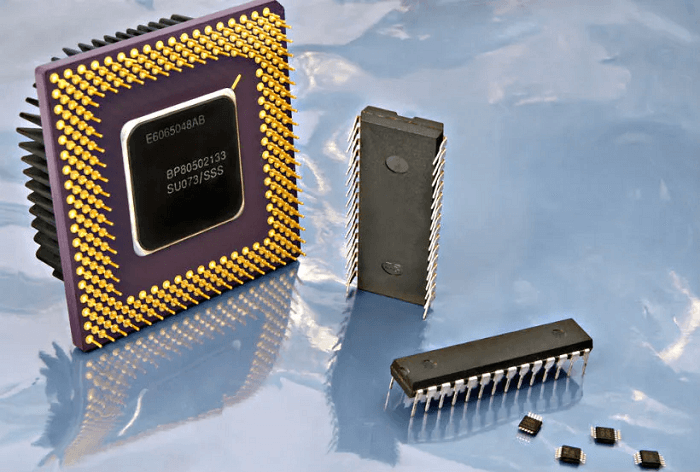
The simplest type of ROM has cards that cannot be changed after creation. The manufacturer predetermines the ROM chip's permanently sent information. Although this type of ROM is inflexible, it is frequently less expensive. It remains a dependable alternative for data and operations that don't change throughout a device's life. 2. ROM that can be programmed
All circuits in a programmable ROM, or PROM, are turned on when it is delivered and ready for usage. You can burn out a few selected circuits using a specialized tool to program the chip. A PROM cannot be reprogrammed because programming involves permanently burning off the circuits not required to transmit information. This indicates that the data on the chip can only be modified once. It doesn't rely on the program being hard-wired to the chip; thus, you may program it using a variety of software types. PROM can be used in the following ways:
3. Mask ROM
Mask ROMs, also known as MROMs, are where the content is programmed by the integrated circuit maker rather than the user. It provides intellectual property protection by granting the maker the exclusive right to the product's copy. The size of the component affects how much an integrated circuit costs. MROM is less costly than other forms of Memory due to its compact part. Network operating systems, server operating systems, laser printers, and electronic musical instruments are a few examples of computer systems that include MROM chips. 4. ROM with erasable programming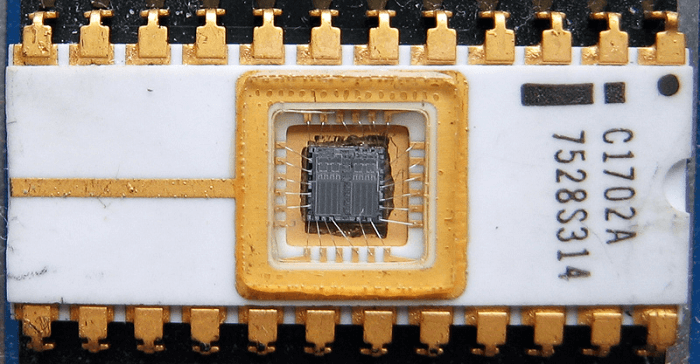
EPROM, often called erasable programmable ROM, is a nonvolatile Memory that can store information without a power source. It provides a solution for circumstances when updating the data on ROM chips is necessary. Because it doesn't require external Memory, it is also affordable. An EPROM requires specific equipment to program, much like a PROM. Another function, EPROM, offers the capacity to erase the data by shining a UV light through a crystal window on the chip. By doing this, the EPROM is reset, and you can update data by reprogramming from a blank chip. 5. ROM with electrically erasable programming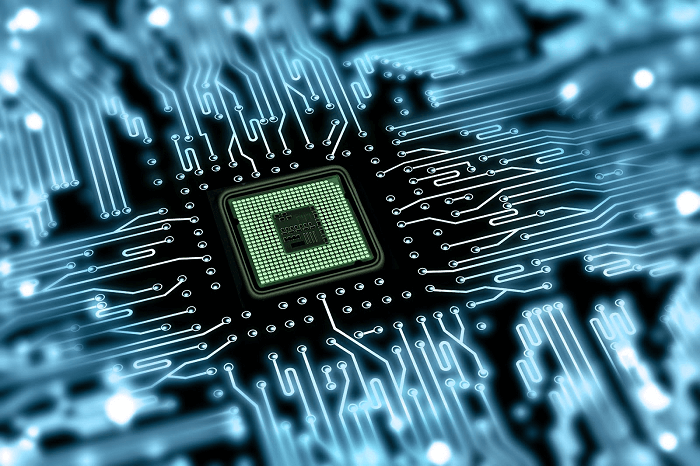
EEPROM, also known as electrically erasable programmable ROM, is a modified form of EPROM that can be updated without UV light. Compared to other solutions, it has three crucial advantages. The initial advantage of EEPROM is that it can be modified without specialist tools, making it a more usable type of ROM. Second, it's the only type of ROM that can be updated without completely erasing the chip's contents. This implies that you may replace your EEPROM chip without losing crucial data. Finally, utilizing electrical impulses to delete and reprogram data saves time and allows you to modify the data indefinitely without causing damage. Applications for EEPROM might consist of the following:
6. Flash ROM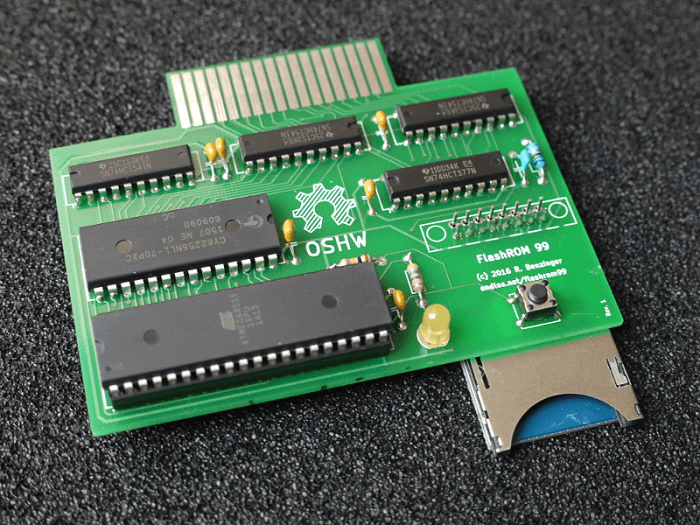
Flash ROM, a nonvolatile memory prevalent in portable electronics, is smaller, lighter, and more energy-efficient than a hard drive. This tool detects, reads, writes, verifies, and erases flash chips. Personal digital assistants (PDAs), digital music players, digital cameras, industrial robots, and medical electronics are all examples of devices that utilize flash ROM. The Distinctions between RAM and ROM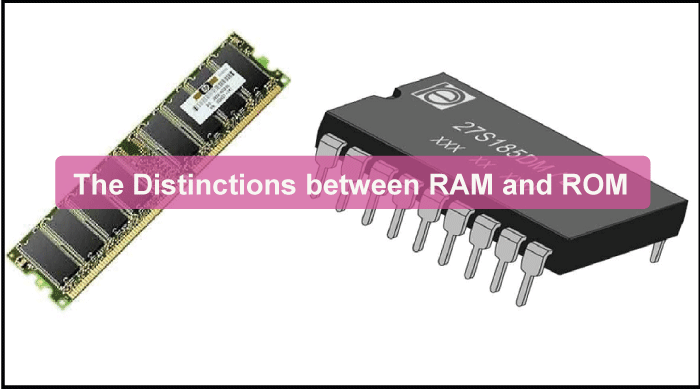
Computers and several other electronic devices use ROM and RAM. Both types of Memory have distinct functions and work together to maximize a user's utility. Some distinctions between various memory kinds include: 1. SizeRAM is a standard because it simplifies managing a computer's Memory. The size of ROM chips varies greatly depending on their purpose and amount of storage because they don't have a uniform size. RAM created for laptops has the same width as Memory for desktop computers but is only half as long. RAM for desktop computers may be up to 1 inch wide and 5.5 inches long. 2. PowerOne of the most significant functional distinctions between ROM and RAM is the need to maintain power. Physical changes in Memory might be lost in the time between sessions. Your device's RAM is erased when the power is turned off, so everything is reset when you turn it back on at startup time. ROM memory may retain data even when the power is turned off since it works by changing which circuits on the card are active. The same circuits are still active when you turn your device back on, resulting in a reliable memory that endures between sessions. RAM serves as temporary storage for the data you utilize only when actively using your computer, making it ideal for important operations like managing a startup. 3. StorageA tiny proportion of storage is needed for ROM, which is used for a few functions in electronic devices. RAM frequently has a far bigger storage capacity than ROM chips, which typically only have 4 or 8 megabytes (MB) of storage. RAM is often available in gigabyte (GB) sizes, with cards starting at 1GB and rising by a factor of two for PCs that require more powerful cards. 4. UsageThe main purpose of ROM in an electronic device is to control essential system operations. The permanency it offers enables the electronic equipment to operate consistently. On the other hand, RAM provides the processing power a user needs to do their tasks while using the computer. The website information is kept in the computer's Memory, for instance, when many tabs are opened in a web browser. By doing this, the computer can quickly retrieve the downloaded data as needed and remove it when the account closes.
Next TopicVerb Ki Definition
|
 For Videos Join Our Youtube Channel: Join Now
For Videos Join Our Youtube Channel: Join Now
Feedback
- Send your Feedback to [email protected]
Help Others, Please Share









